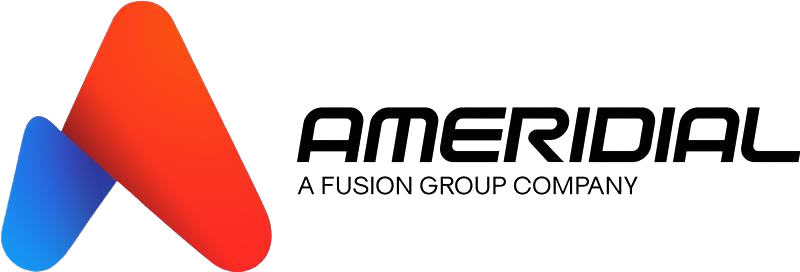Staffing shortages is one of the most significant challenges in healthcare today, more so in patient access. According to the American Hospital Association, more than 100,000 nursing positions are vacant nationwide, and administrative roles aren’t far behind. Burnout, high turnover, and escalating labor costs are putting providers in a constant state of triage—not just for patients, but for their workforce. In fact, a 2023 Kaufman Hall report noted that 85% of hospital leaders cite staffing shortages as their number-one operational concern.
The Role of Optimized Patient Access in Mitigating Healthcare Staffing Shortages
While most organizations look to recruitment or retention incentives as the answer, there’s another lever often overlooked: patient access. When optimized, patient access isn’t just about getting patients through the front door—it’s a strategic tool that helps organizations manage demand, streamline workflows, and reduce the pressure on already stretched staff.
Patient Access Staffing Challenges: A Complex Problem
Healthcare staffing shortages create a ripple effect – causing physician burnout, patient dissatisfaction, and impacting financials.
- Longer wait times: With fewer staff handling scheduling and intake, patient backlogs build quickly.
- Burnout accelerates turnover: Overwhelmed staff are more likely to leave, fueling a costly cycle.
- Financial strain: The cost of replacing a nurse averages $52,000, according to NSI Nursing Solutions. For front-office staff, turnover still costs thousands per role.
- Patient dissatisfaction: More than 60% of patients cite long wait times and scheduling hassles as their top frustrations with healthcare access.
This mix of financial and clinical challenges means organizations can’t afford to add more staff—they need to work smarter with the resources they already have.
The answer isn’t always hiring more people—it’s creating better systems that empower the people you already have.
Patient Access: More Than a Front Door
Traditionally, patient access is viewed as registration, scheduling, or insurance verification. But in reality, it controls the flow of the entire care experience.
When designed well, patient access systems:
- Eliminate bottlenecks: Centralized scheduling and verification prevent overbooking and spread workloads evenly.
- Reduce missed appointments: Automated reminders have been shown to cut no-shows by up to 30%, according to the Medical Group Management Association (MGMA).
- Enable telehealth and remote care: Integrating virtual visits relieves pressure on in-person staff while extending care reach.
- Support “top-of-license” staffing: By outsourcing repetitive access tasks, nurses and clinical staff focus on direct care instead of phones and paperwork.
If access breaks down, everything breaks down. But if access works well, staffing challenges become manageable.
Data-Driven Access to Support Resource Allocation
A modern patient access program relies on performance indicators like registration accuracy, wait times, and appointment utilization. With these indicators, providers can identify inefficiencies and reallocate staff accordingly.
- Example: A Midwest health system utilized access data to identify peak call times, then adjusted staffing patterns to reduce patient hold times by 40% without requiring new hires.
- Example: Clinics that adopted centralized scheduling hubs saw an average 12% increase in staff productivity, according to a 2023 MGMA report.
The real power of patient access is in its analytics—it tells us where to deploy resources before the pain points show up.
The Ameridial Advantage: Scalable Patient Access Support
Ameridial helps providers transform patient access into a staffing relief valve. Our approach combines trained healthcare contact center teams with HIPAA-compliant multichannel technology to ensure patients are supported at every step—without overloading internal staff.
With Ameridial, providers gain:
- Scalable staffing coverage: We provide seasoned healthcare professionals to address your practice’s staffing needs, reducing reliance on costly overtime or temporary agencies.
- Multilingual, omnichannel communication: Phone, SMS, email, and chat ensure patients get the support they need in their preferred format.
- Continuous process improvement: We track performance data, identify gaps, and refine workflows to maximize efficiency.
- Top-of-license resource use: Clinical staff focus on care, while Ameridial manages scheduling, verification, reminders, and patient communications.
Staffing shortages may not disappear tomorrow, but smarter patient access ensures they don’t derail care today.
A Smarter Way Forward
Healthcare staffing shortages are real, costly, and disruptive. But adding staff alone isn’t the only answer. By rethinking patient access as a strategic workforce solution, providers can reduce burnout, enhance patient satisfaction, and maintain high-quality care— even in the face of staffing gaps.
Ameridial is here to help. Our patient access programs equip providers with the operational capacity they need. We ensure that patients receive compassionate and timely support.
Ready to rethink patient access? Contact Ameridial today and discover how we can help your organization overcome staffing challenges with confidence.








